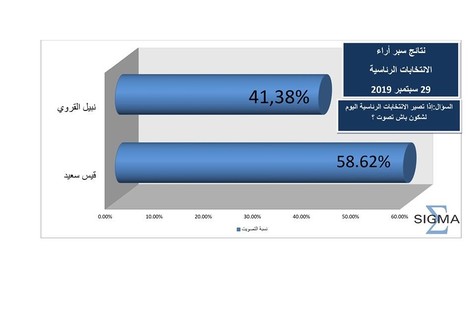eSagan 🇮🇳 · @crackurbones
103 followers · 1741 posts · Server qoto.orgRaymond Allchin states that there is a powerful argument against the idea that the #Brahmi script has Semitic borrowing because the whole structure and conception is quite different. He suggests that the origin may have been purely indigenous with the Indus script as its predecessor.[76] However, Allchin and Erdosy later in 1995 expressed the opinion that there was as yet insufficient evidence to resolve the question.[77] G.R. Hunter in his book The Script of #Harappa and #Mohenjodaro and Its Connection with Other Scripts (1934) proposed a derivation of the Brahmi alphabets from the #IndusScript, the match being considerably higher than that of #Aramaic in his estimation.[78]
#brahmi #Harappa #mohenjodaro #IndusScript #aramaic
eSagan 🇮🇳 · @crackurbones
103 followers · 1741 posts · Server qoto.orgA proposed connection between the Brahmi (https://en.wikipedia.org/wiki/Brahmi_script) and Indus scripts, made in the 19th century by Alexander Cunningham.
https://en.wikipedia.org/wiki/Brahmi_script#/media/File:Brahmi_and_Indus_seal_proposed_connection.jpg
Evidence for a continuity between Indus and #Brahmi has also been seen in graphic similarities between Brahmi and the late Indus script, where the ten most common ligatures correspond with the form of one of the ten most common glyphs in Brahmi.[81] There is also corresponding evidence of continuity in the use of numerals.[82]
#Linguistics #AncientScripts
#brahmi #linguistics #AncientScripts

